Female genital mutilation (FGM)
At least 200 million girls and women alive today living in 31 countries have undergone FGM
Female genital mutilation (FGM) refers to “all procedures involving partial or total removal of the female external genitalia or other injury to the female genital organs for non-medical reasons.”[1] FGM is a violation of girls’ and women’s human rights. While the exact number of girls and women worldwide who have undergone FGM remains unknown, at least 200 million girls and women have been cut in 31 countries with representative data on prevalence. However, the majority of girls and women in most countries with available data think FGM should end and there has been an overall decline in the prevalence of the practice over the last three decades, but not all countries have made progress and the pace of decline has been uneven.
The World Health Organization (WHO) classified FGM into four broad categories in 1995 and again in 2007:
Type I: Partial or total removal of the clitoris and/or the prepuce.
Type II: Partial or total removal of the clitoris and labia minora, with or without excision of the labia majora.
Type III: Narrowing of the vaginal orifice by cutting and bringing together the labia minora and/or the labia majora to create a type of seal, with or without excision of the clitoris. In most instances, the cut edges of the labia are stitched together, which is referred to as ‘infibulation’.
Type IV: All other harmful procedures to the female genitalia for non-medical purposes, for example: pricking, piercing, incising, scraping and cauterization.
FGM is condemned by a number of international treaties and conventions, as well as by national legislation in many countries. Article 25 of the Universal Declaration of Human Rights states that “everyone has the right to a standard of living adequate for health and well-being,” and this statement has been used to argue that FGM violates the right to health and bodily integrity. With FGM considered as a form of violence against women, the UN Convention on the Elimination of All Forms of Discrimination against Women can be invoked. Similarly, defining it as a form of torture brings it under the rubric of the Convention against Torture and Other Cruel, Inhuman, or Degrading Treatment or Punishment. Moreover, since FGM is regarded as a traditional practice prejudicial to the health of children and is, in most cases, performed on minors, it violates the Convention on the Rights of the Child. An interagency statement on FGM, issued by 10 UN organizations, was issued in 2008.
Prevalence
Available data from large-scale representative surveys show that the practice of FGM is highly concentrated in a swath of countries from the Atlantic coast to the Horn of Africa, in areas of the Middle East such as Iraq and Yemen and in some countries in Asia like Indonesia, with wide variations in prevalence. The practice is almost universal in Somalia, Guinea and Djibouti, with levels above 90 per cent, while it affects no more than 1 per cent of girls and women in Cameroon and Uganda.
However, FGM is a human rights issue that affects girls and women worldwide. Evidence suggests that FGM exists in places including Colombia[2], India[3], Malaysia[4], Oman[5], Saudi Arabia[6] and the United Arab Emirates[7], with large variations in terms of the type performed, circumstances surrounding the practice and size of the affected population groups. In these contexts, however, the available evidence comes from (sometimes outdated) small-scale studies or anecdotal accounts, and there are no representative data as yet on prevalence. The practice is also found in pockets of Europe and in Australia and North America which, for the last several decades, have been destinations for migrants from countries where the practice still occurs[8].
Prevailing attitudes
Girls’ and women’s attitudes about FGM also vary widely across countries. The highest levels of support can be found in Mali, Sierra Leone, Guinea, the Gambia, Somalia and Egypt where more than half of the female population thinks the practice should continue. However, in most countries in Africa and the Middle East with representative data on attitudes (23 out of 30), the majority of girls and women think it should end.
Is the practice changing?
Overall, the practice of FGM has been declining over the last three decades. In the 31 countries with nationally representative prevalence data, around 1 in 3 girls aged 15 to 19 today have undergone the practice versus 1 in 2 in the 1990s. However, not all countries have made progress and the pace of decline has been uneven. Fast decline among girls aged 15 to 19 has occurred across countries with varying levels of FGM prevalence including Burkina Faso, Egypt, Kenya, Liberia and Togo.
References
[1] World Health Organization, Eliminating Female Genital Mutilation: An interagency statement, WHO, UNFPA, UNICEF, UNIFEM, OHCHR, UNHCR, UNECA, UNESCO, UNDP, UNAIDS, WHO, Geneva, 2008, p. 4.
[2] United Nations Population Fund, ‘Project Embera-wera: An experience of culture change to eradicate female genital mutilation in Colombia – Latin America’, UNFPA, December 2011.
[3] Ghadially, R., ‘All for “Izzat”: The practice of female circumcision among Bohra Muslims’, Manushi, no. 66, September–October 1991, ; Ghadially, R., ‘Update on Female Genital Mutilation in India’, Women’s Global Network for Reproductive Rights Newsletter, January−March 1992.
[4] Dahlui, M., ‘The Practice of Female Circumcision in Malaysia’, paper presented at Universiti Sains Malaysia (USM), Penang, 10 May 2012, ; Rashid, A. K., S. S. Patil and A. S. Valimalar, ‘The Practice of Female Genital Mutilation among the Rural Malays in North Malaysia’, The Internet Journal of Third World Medicine, vol. 9, no. 1, 2010.
[5] Al-Hinai, H., ‘Female Genital Mutilation in the Sultanate of Oman’, January 2014.
[6] Alsibiani, S. A. and A. A. Rouzi, ‘Sexual Function in Women with Female Genital Mutilation’, Fertility and Sterility, vol. 93, no. 3, 2010, pp. 722–24.
[7] Kvello, A. and L. Sayed, ‘Omskjering av kvinner i de forente arabiske emirater—er klitoridektomi i tradisjonell praksis et overgrep mot kvinner?’ (Concerning Female Circumcision in the United Arab Emirates: Is clitoridectomy in a traditional context an assault against women?), thesis paper, Faculty of Medicine, University of Oslo, Oslo, Norway, 2002; Al Marzouqi, W., ‘Fatal Traditions: Female circumcision in the U.A.E.’, Desert Dawn, vol. 22, no. 1, January 2011, pp. 6–11.
[8] United Nations Children’s Fund, Female Genital Mutilation/Cutting: A statistical overview and exploration of the dynamics of change, UNICEF, New York, 2013.
Female genital mutilation (FGM) data
Build and download your own customisable dataset
Resources
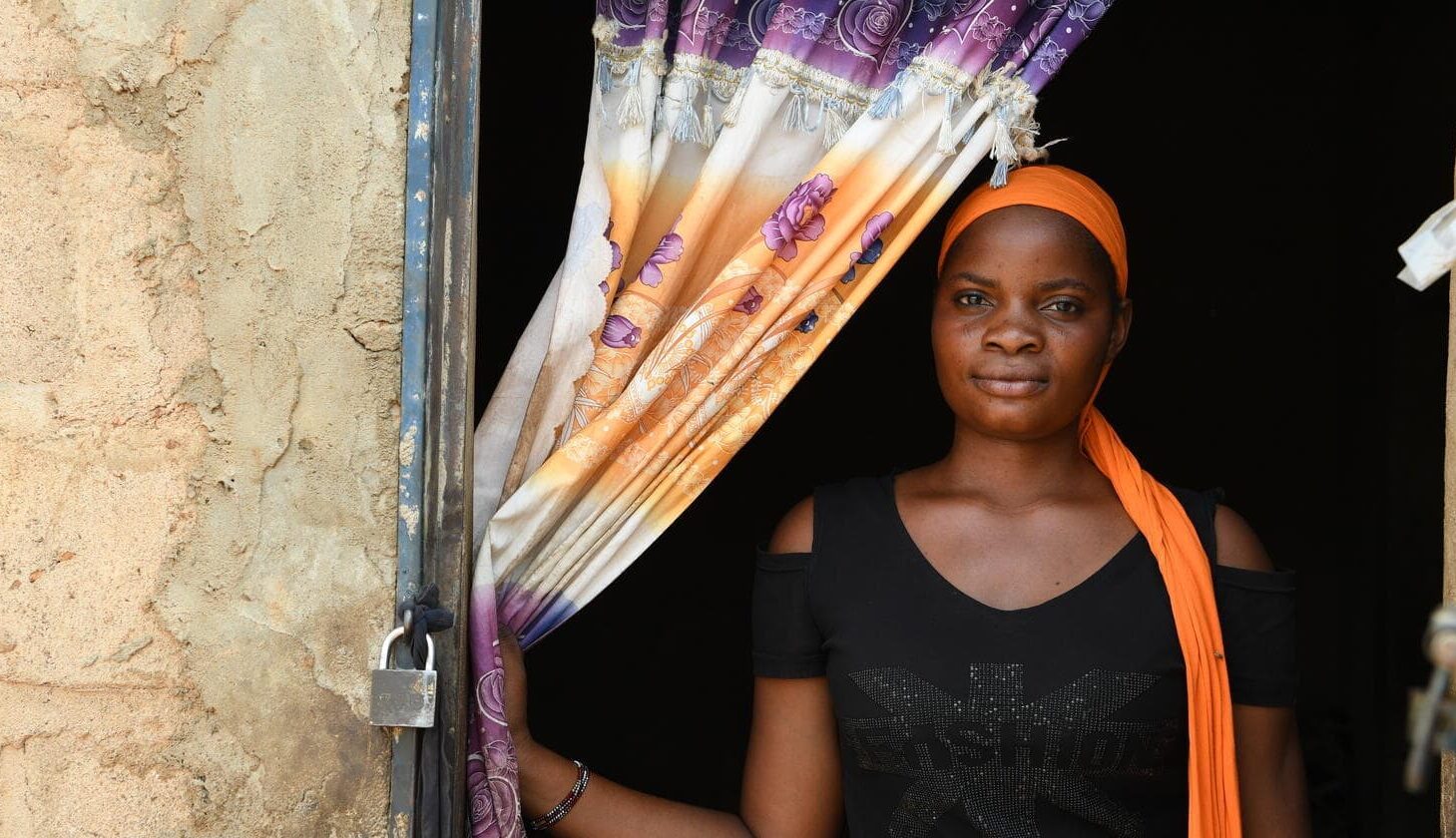
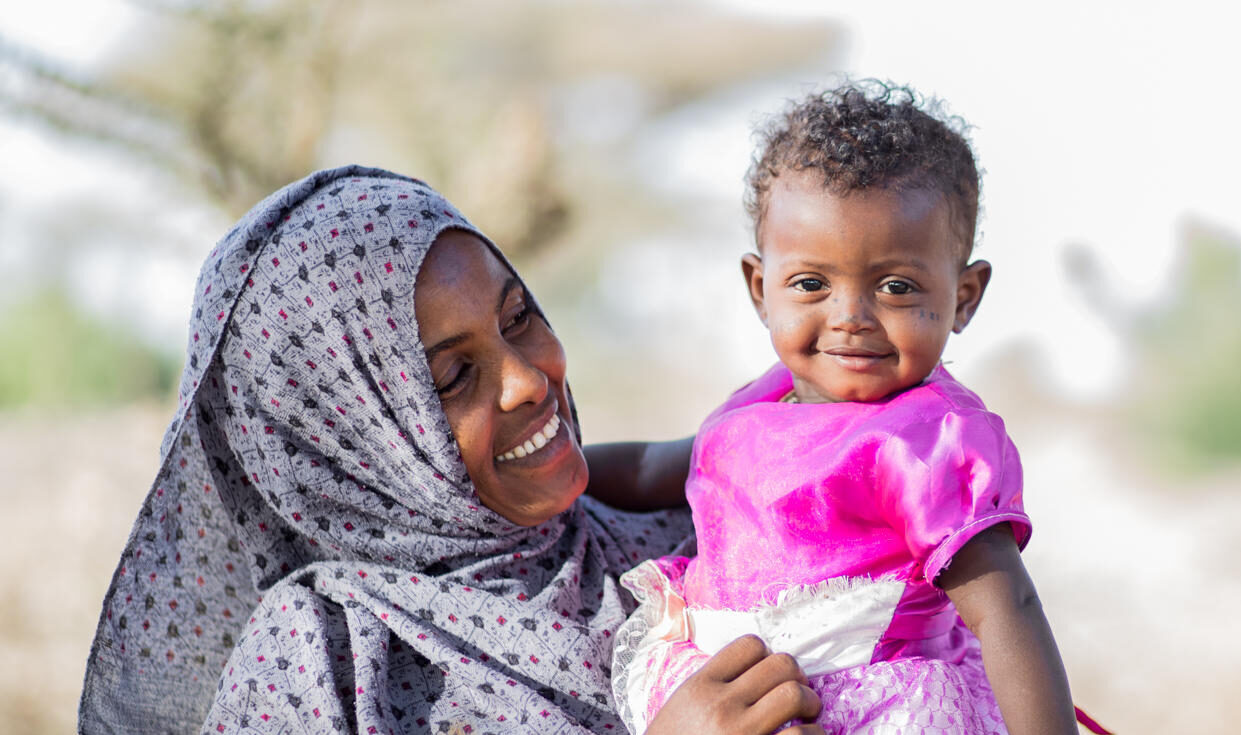
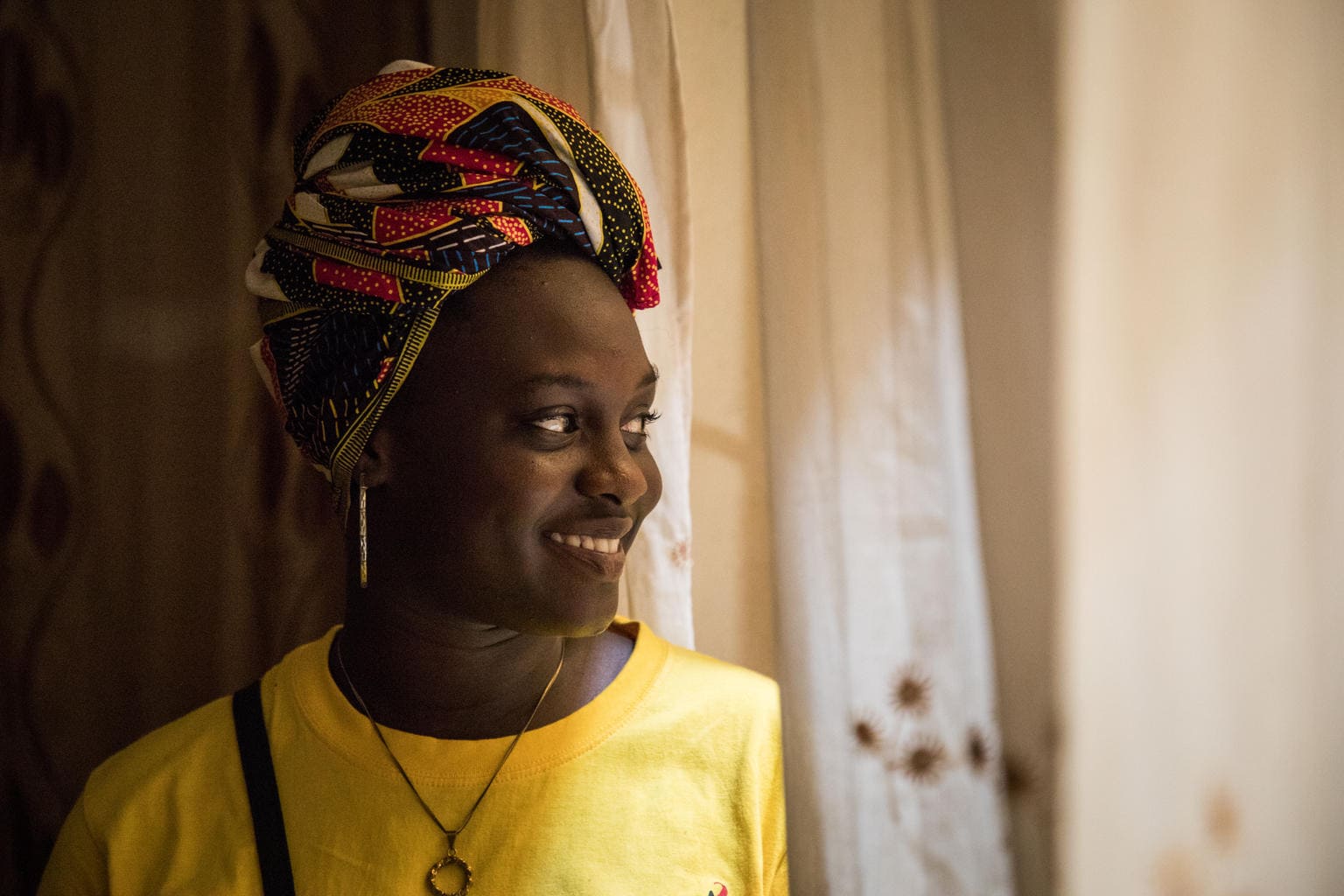
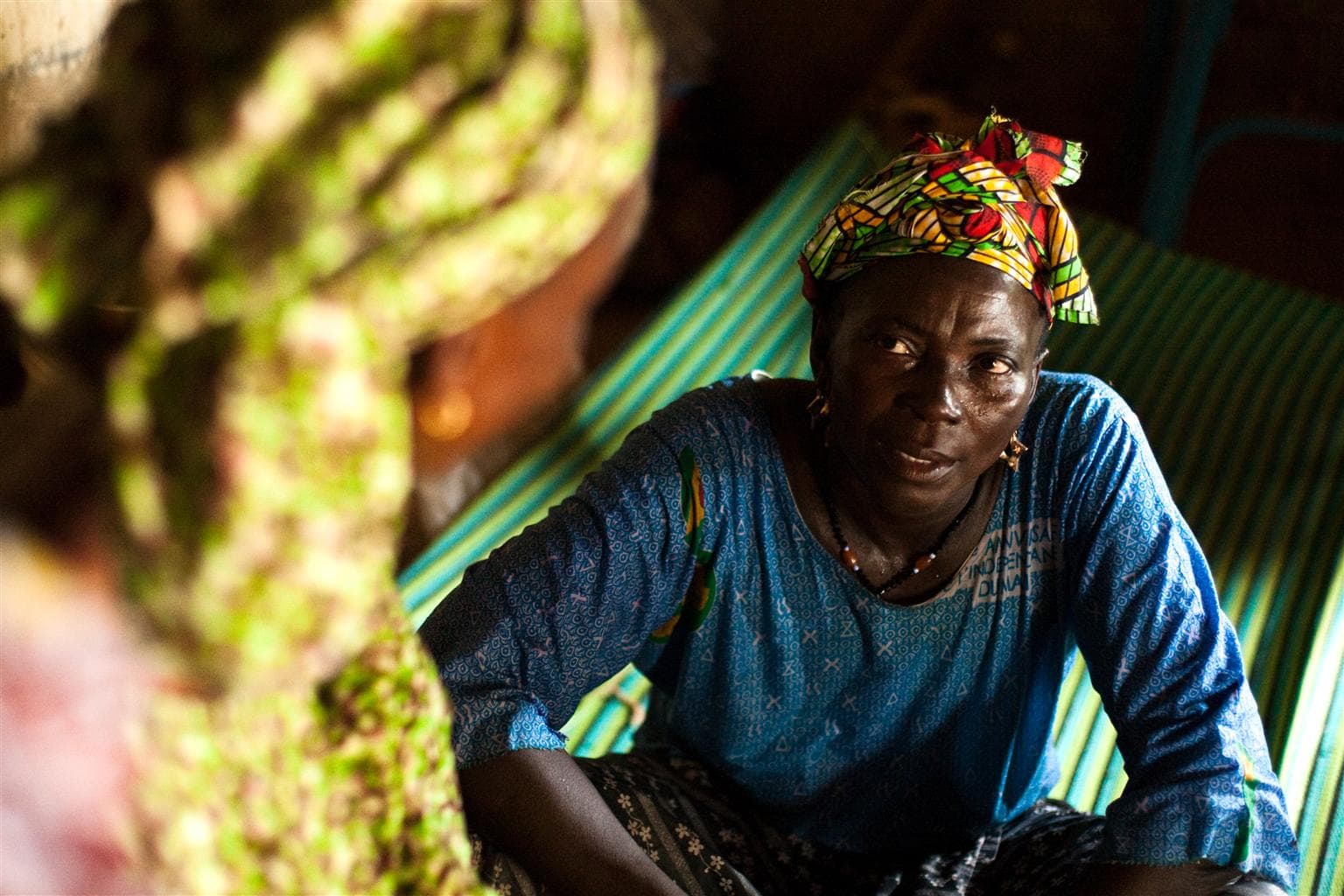
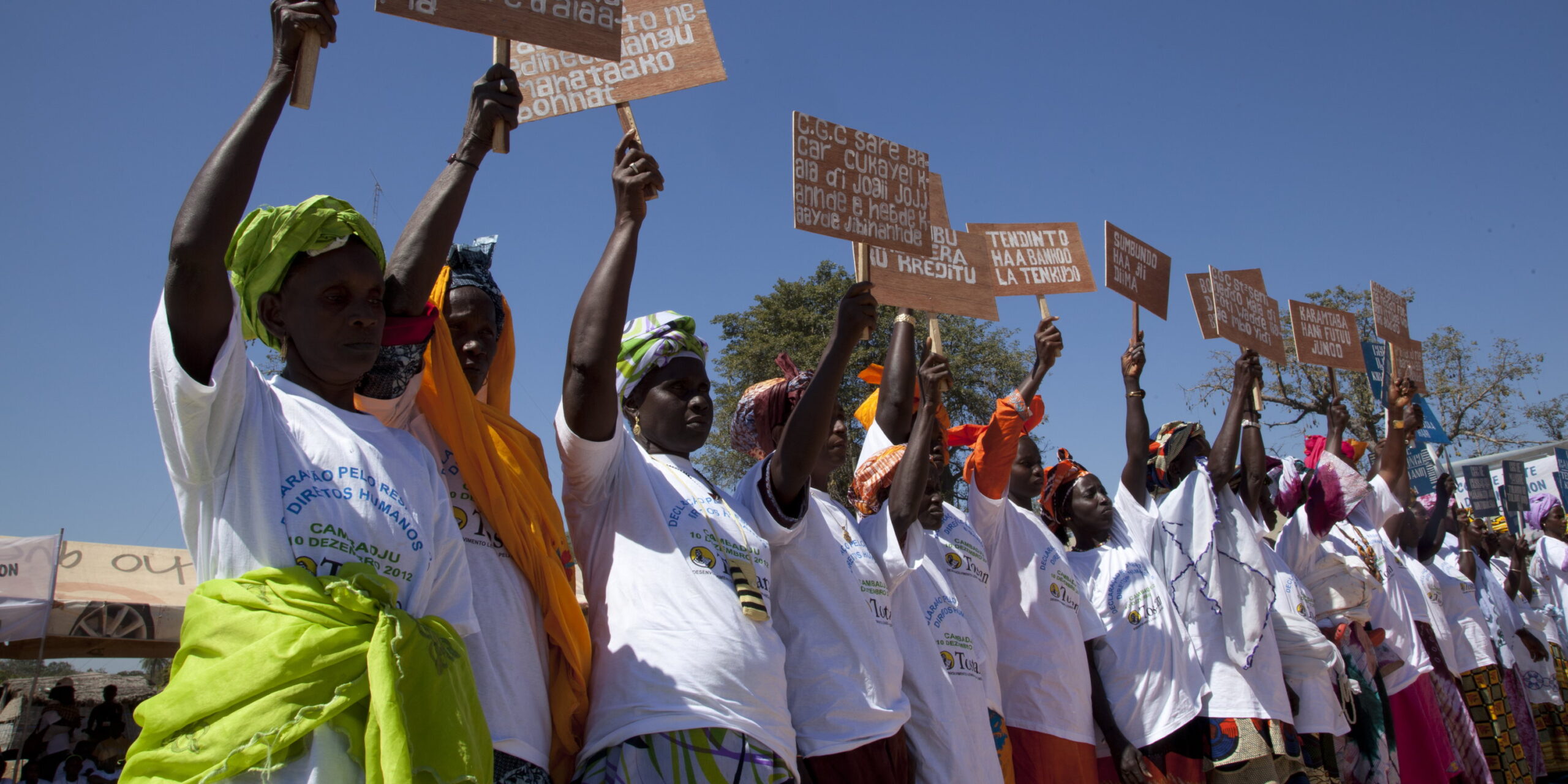
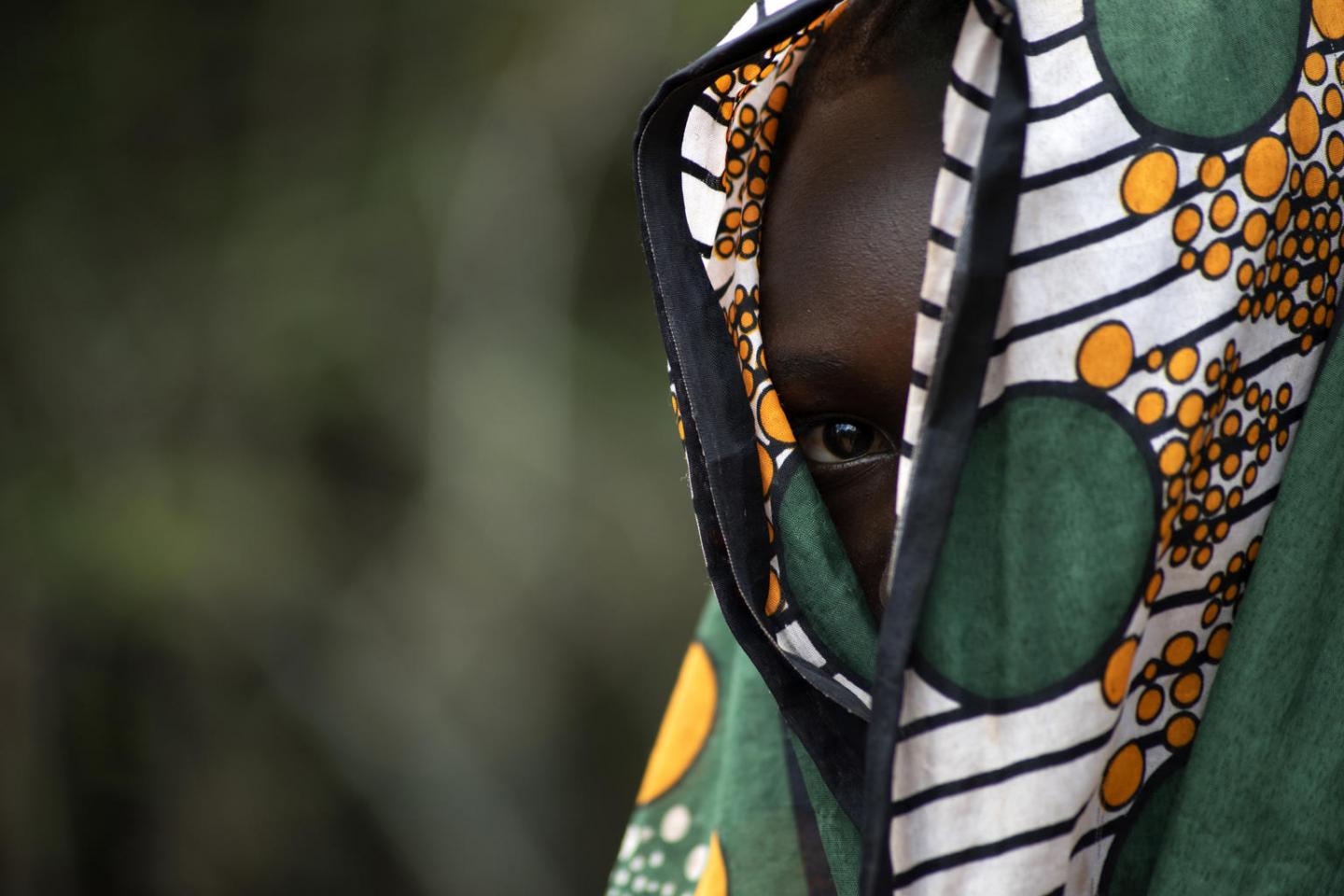
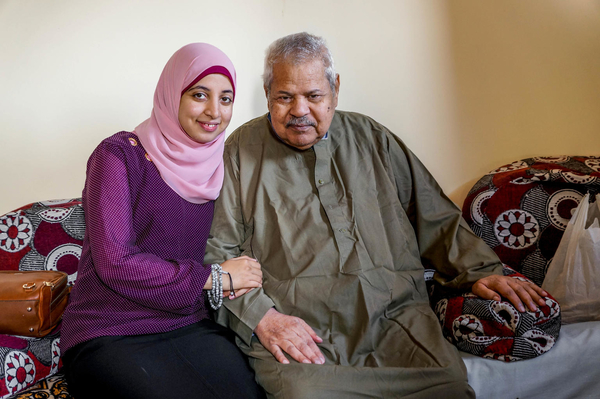
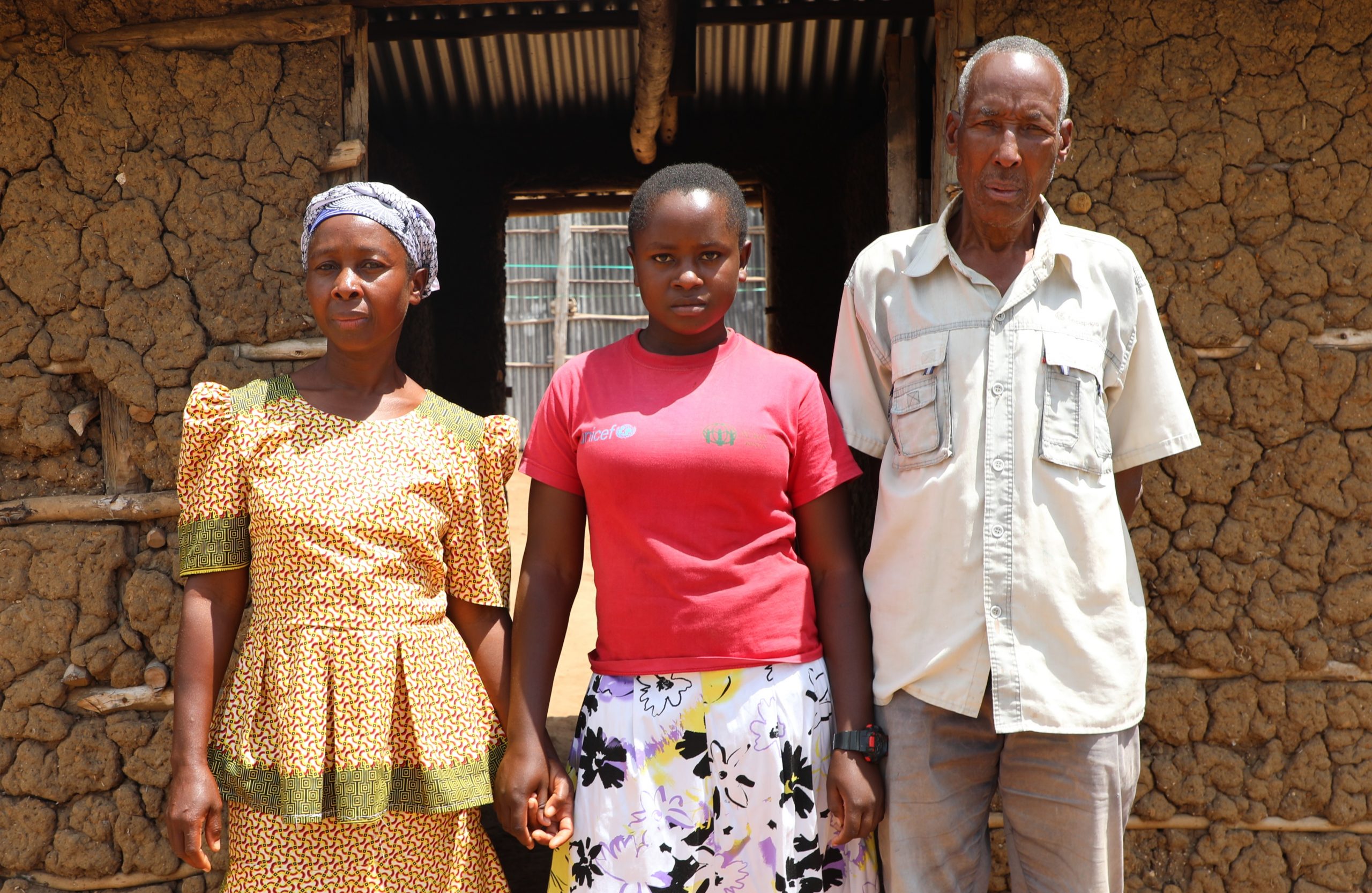
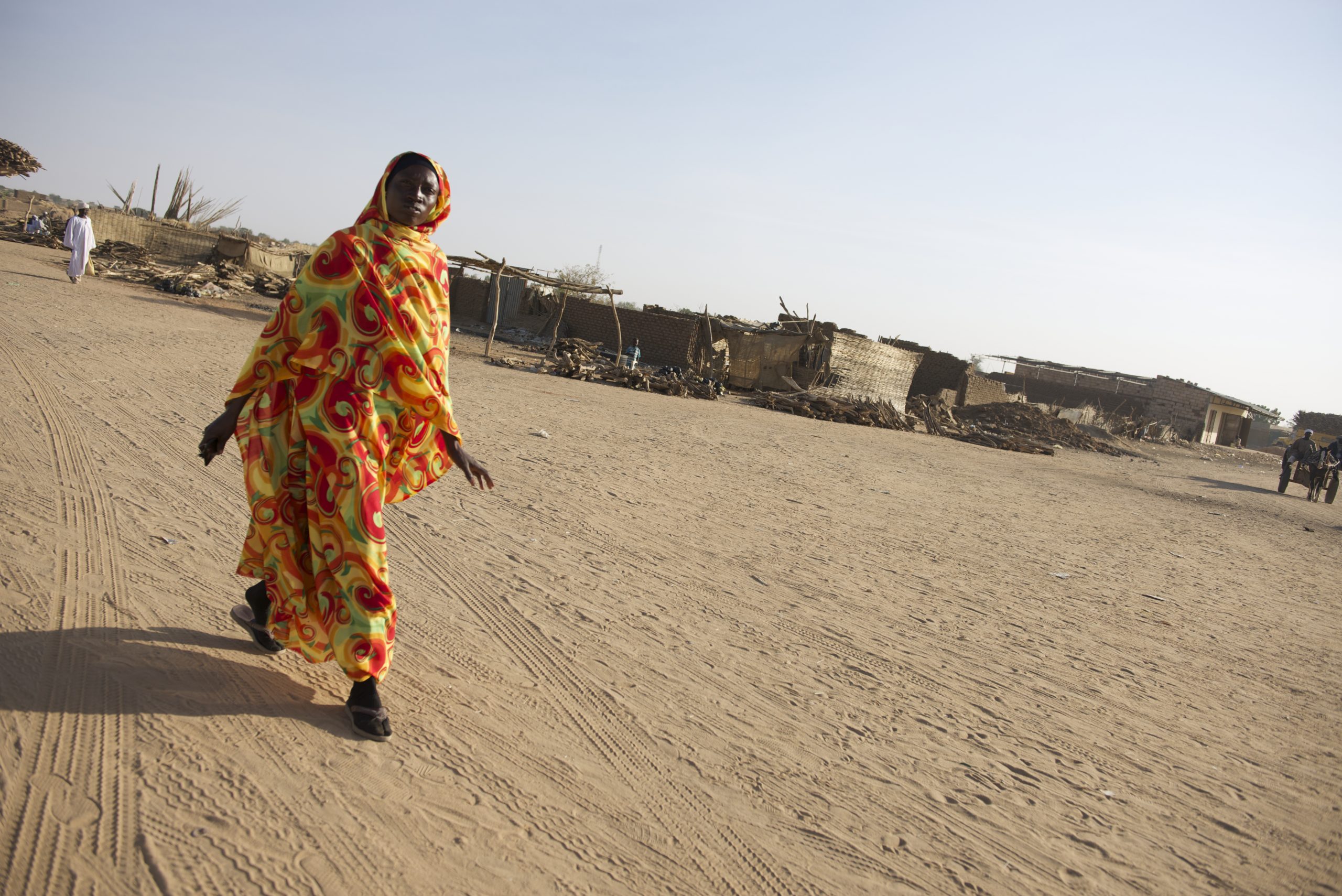
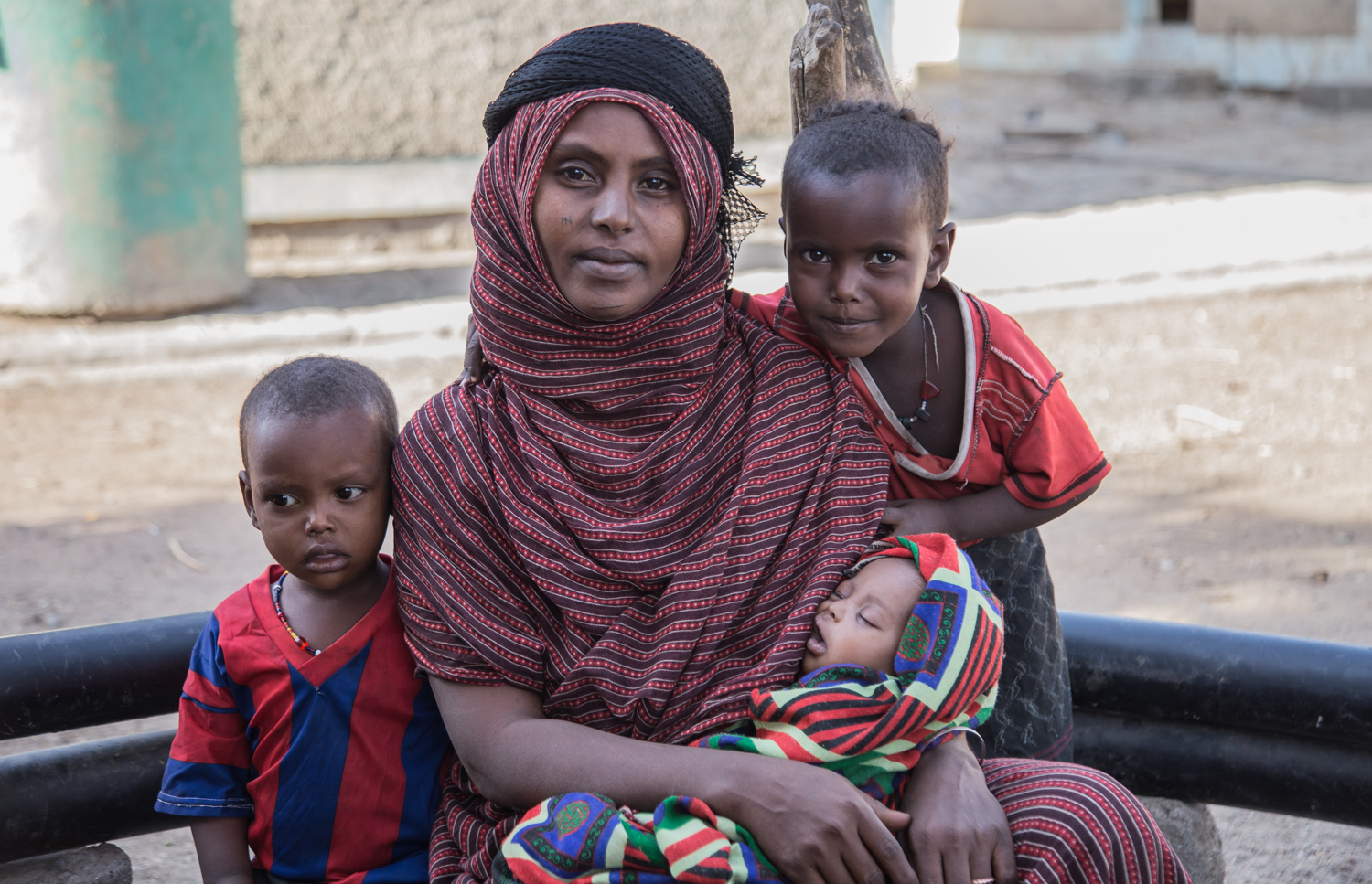
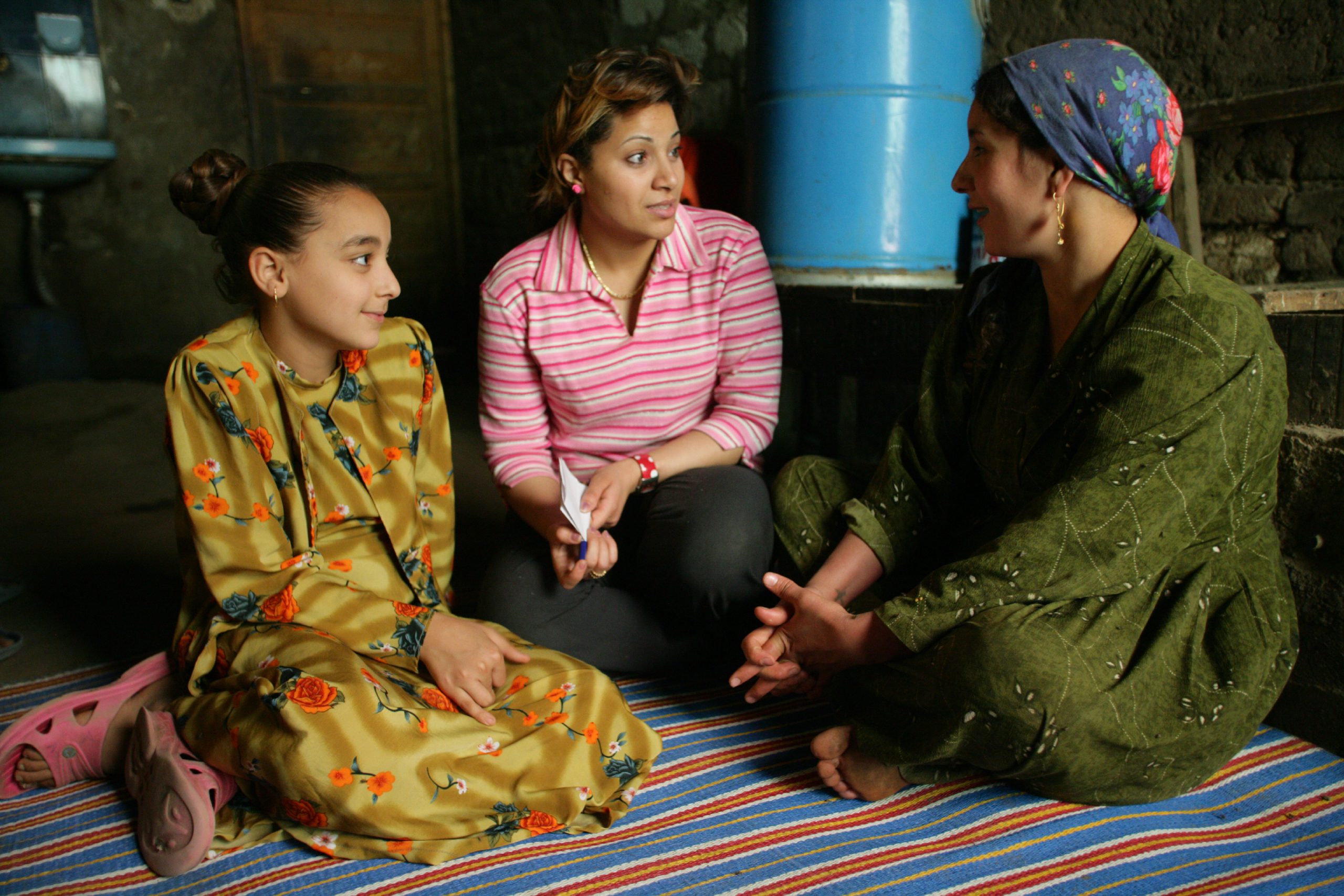
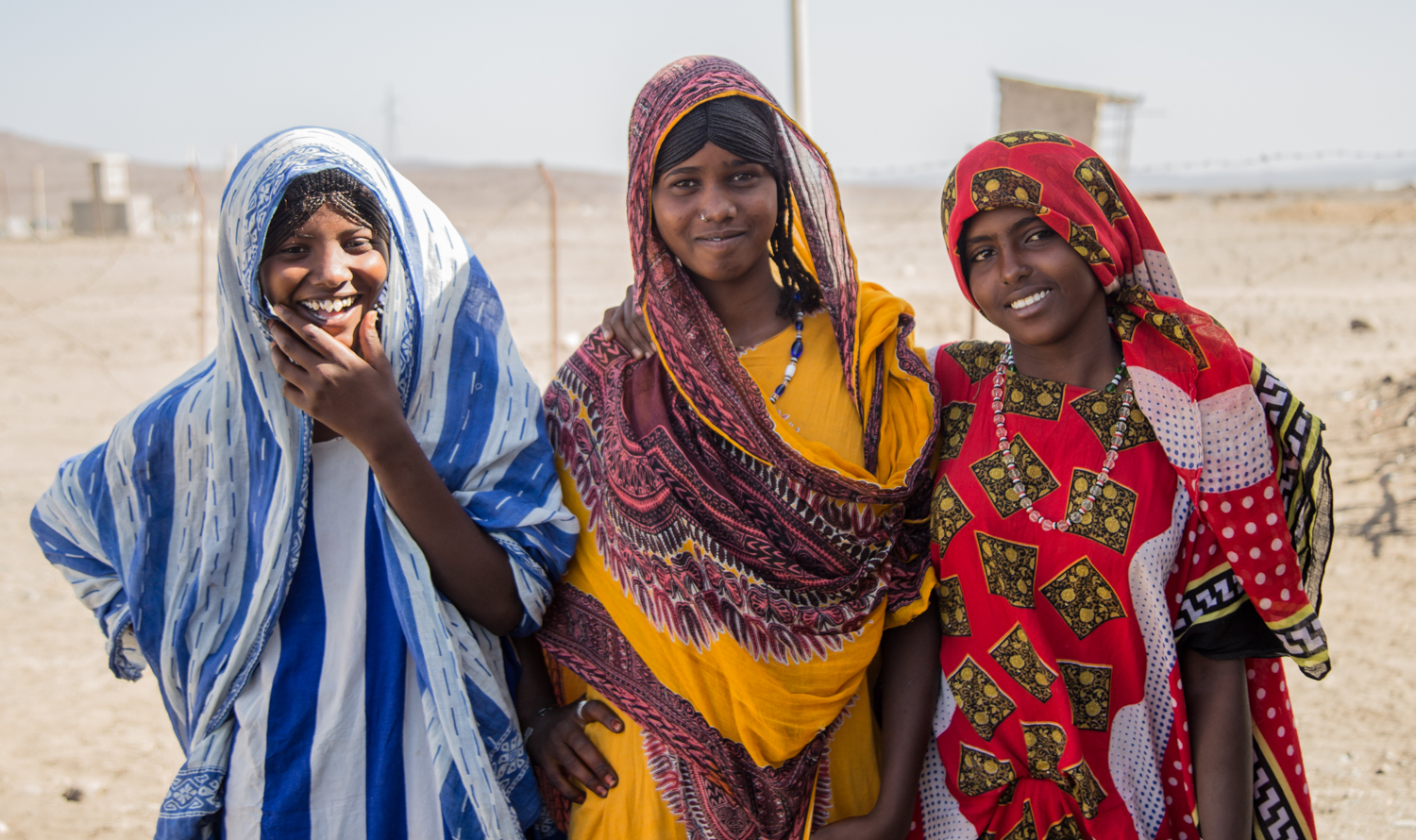



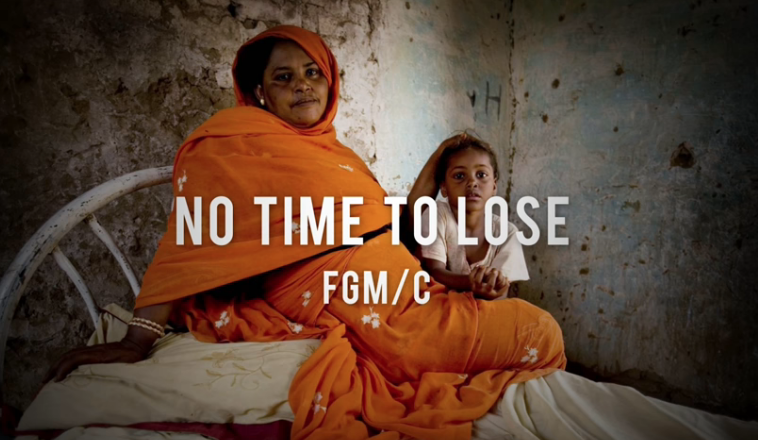
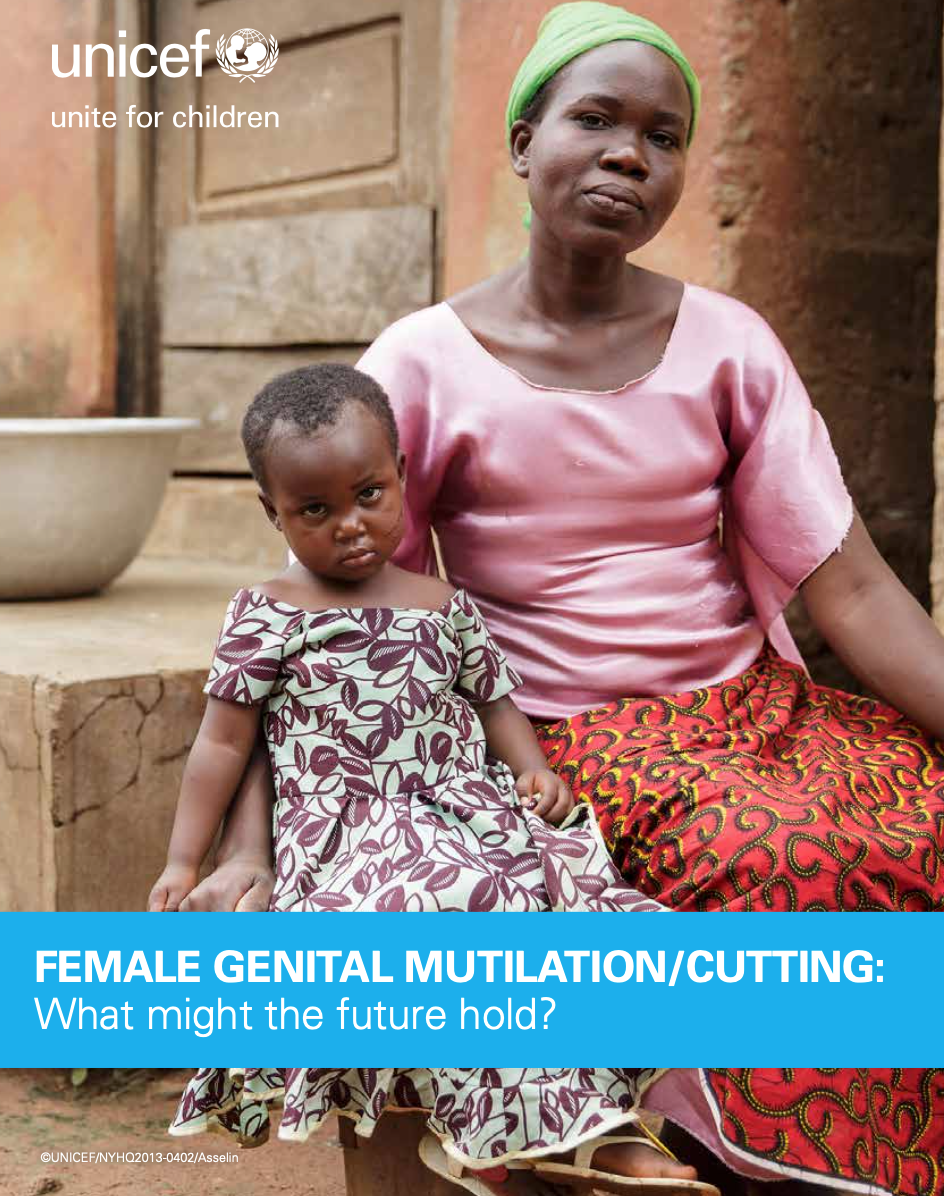

Notes on the data
Data sources
Nationally representative data on FGM/C are mainly available from two sources: Demographic and Health Surveys (DHS) and Multiple Indicator Cluster Surveys (MICS). In some countries, data have been collected through other nationally representative household surveys.
A module on FGM/C was developed for the first time for the 1989–1990 DHS conducted in the northern part of what was then known as Sudan. After a few years, the module was modified and has been included in DHS for 23 countries to date. The first module on FGM/C was included in the 2000 MICS in the Central African Republic, Chad and Sudan. The third and fourth rounds of MICS (mainly conducted in 2005–2006 and in 2009─2011) generated updated FGM/C data from 16 countries, including 7 with no prior data (Djibouti, the Gambia, Guinea-Bissau, Iraq, Sierra Leone, Somalia and Togo). Over the last 10 years, UNICEF and ICF International have worked closely to standardize survey questions on FGM/C used in DHS and MICS.
Main indicators
The first indicator for measuring FGM/C prevalence is the percentage of girls and women of reproductive age (15 to 49) who have experienced any form of the practice. This is derived from self-reports. Typically, girls and women are also asked about the type of FGM/C performed, at what age they were cut and by whom. Most surveys include additional questions related to women’s – and in some cases men’s – attitudes surrounding FGM/C. In most surveys, eligible respondents are all girls and women aged 15 to 49. Exceptions include Egypt (DHS in 1995, 2000, 2003 and 2005), Sudan (DHS 1989─1990) and Yemen (DHS 1997), where the sample of respondents includes only girls and women aged 15 to 49 who have ever been married.
The second indicator used to report on the practice measures the extent of cutting among daughters of girls and women of reproductive age (15 to 49). In surveys up to 1999, female respondents who had at least one living daughter were asked about their eldest daughter: whether she was cut, the age at which FGM/C was performed, the type of FGM/C carried out and the person who did it. If the eldest daughter was reportedly not cut, respondents were asked if they intended to have their daughter cut. Starting in 1999, rather than asking about the eldest daughter, DHS and MICS began asking respondents whether any of their daughters had undergone FGM/C and, if so, how many of their daughters had been cut. This was followed by questions about the procedure (type, age at cutting and practitioner) for the daughter most recently cut.
Survey data on the FGM/C status of only one daughter cannot be used to estimate the prevalence of FGM/C among girls under age 15. To address this limitation, MICS and DHS in 2010 introduced changes in the standard methodology used to collect information on FGM/C among daughters. The new module asks all girls and women aged 15 to 49 about the FGM/C status of all of their daughters under age 15. As a result, prevalence estimates can be obtained for girls aged 0 to 14. A key point to be kept in mind is that the prevalence data for girls aged 0 to 14 reflect their current, but not final, FGM/C status, since some girls who have not been cut may still be at risk of experiencing the practice once they reach the customary age. Therefore, the data on prevalence for girls under age 15 is actually an underestimation of the true extent of the practice. Since age at cutting varies among settings, the amount of underestimation also varies. This should be kept in mind when interpreting all FGM/C prevalence data for this age group. Prevalence data on girls aged 0 to 14 can be used to assess the impact of recent efforts to end FGM/C since this is the age group most recently cut or at imminent risk of being cut.
Interpreting the data
Data on FGM/C inform policymakers of critically important variables in an effort to better understand the practice and develop policies for its abandonment. That said, these data must be analysed in light of the extremely delicate and often sensitive nature of the topic.
Self-reported data on FGM/C need to be treated with caution for several reasons. First, women may be unwilling to disclose having undergone the procedure because of the sensitivity of the topic or the illegal status of the practice in their country. In addition, women may be unaware that they have been cut or of the extent of the cutting, particularly if FGM/C was performed at an early age.
Information on the FGM/C status of daughters is generally regarded as more reliable than women’s self-reports, since any cutting would have occurred relatively recently and mothers presumably would have had some involvement in or knowledge of the event. However, even these data need to be interpreted with a degree of caution. Mothers may be reluctant to disclose the actual FGM/C status of their daughters for fear of repercussions, especially in countries where the practice has been the target of campaigns or legal measures to prohibit it.
With increased availability of nationally representative data on FGM/C, including repeat surveys in several countries, trends in the prevalence and attitudes towards the practice can be analysed. Despite this, considerable challenges arise when examining trends, particularly when establishing a connection between programmatic activities and changes in prevalence levels over time.
First, prevalence can be compared from surveys in the same country from two (or more) points in time. Second, a trend analysis can examine FGM/C prevalence at one point in time across five-year age cohorts for girls and women aged 15 to 49. Finally, current prevalence among girls and women aged 15 to 19 and ‘adjusted’ prevalence among girls aged 10 to 14 can be analysed. Several important factors should be considered when examining trends in the practice:
- Variations in the number of years between consecutive surveys. This can range from 1 to up to 20, depending on the country.
- The number of data points available for each country. Patterns of change are more evident when several surveys are available, as opposed to two data sources.
- The retrospective periods involved (that is, time lags). For instance, in the case of a country where girls are cut before 1 year of age, most girls in the youngest cohort (15 to 19 years of age) are generally reporting on an event that took place 14 to 18 years previously. Any change that occurred after this period will therefore not be reflected in the data.
- The magnitude of change. Change can be gauged by looking either at the absolute difference (change in percentage points) between estimates or at the percentage change between estimates. Conclusions should be drawn on the basis of both measures.
- Survey design and implementation. This could include, for example, changes in sampling frames, questionnaire content and structure, and language used to refer to the practice.
More detailed discussion of data collection methodologies and assessment of trends related to FGM/C can be found in: Female Genital Mutilation/Cutting: A statistical overview and exploration of the dynamics of change.
MICS module on FGM
MICS surveys have a standardized module for female genital mutilation/cutting.